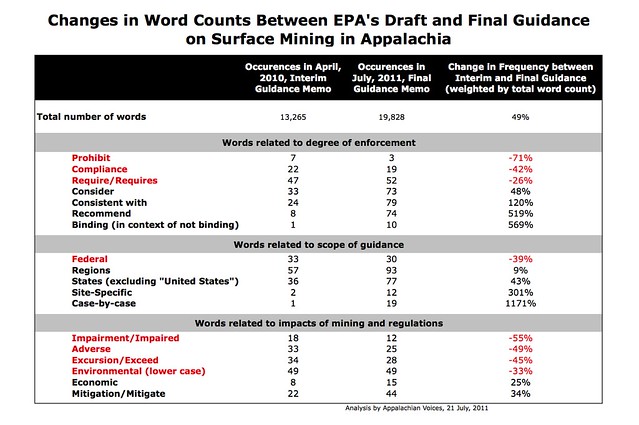Cross posted from WYMT News:
Federal and state officials are investigating after a boulder came crashing through a Perry County home on July 26.
This was not the first time this quiet community was shaken up.
“It’s shaken in here a many a time, yeah,” said Shirley Campbell, sales clerk at Campbell’s Station in Dice, Kentucky.
“They’ve been letting shots off, but they’ve never been that bad.”
A home on bailey way in dice was damaged when a boulder fell through the bedroom ceiling.
“It was probably about as big as a basketball,” said Orby Dean Campbell, describing the rock that came in through the roof and exited through the bedroom wall. Campbell owns the trailer which was damaged at around 11 a.m.
Campbell said his daughter and her husband were inside the home with their children, 6-year-old and 2-year-old boys, at the time of the accident.
“It could have killed every one of them if they’d been in there,” said Campbell.
Workers in the area said they heard what happened from about a half-mile away. Shirley Campbell was working at Campbell’s Station when she heard that her niece’s residence had been affected.
“I seen all of that smoke and it was all at once, just come right up,” said Shirley Campbell.
Orby Campbell said that the boulder came down from the mountain above the home. He said he believes blasting at a nearby mine is to blame.
“I want them to know to lighten on those shots back there if they are gonna work back there – lighting those shots can kill people,” said Campbell.
He said he was thankful nothing worse had happened. No one was injured in the incident.
The Division Of Mine Reclamation Enforcement, DMRE, surface mine inspectors and the explosives and blasting branch are investigating along with MSHA and the OSM, Office of Surface Mining to determine the cause. Officials from DMRE said it will be a thorough investigation and will likely take several days.
State mining officials are not able to determine if the boulder came from the nearby mining company.




 C. Belmont Keeney, or Chuck as most people know him, has a Ph.D. in Appalachian and American History from West Virginia University. His great grandfather, Frank Keeney, was president of the United Mine Workers of America and helped organized the Miners March in 1921. Chuck was one of the principle organizers of the June 2011 March on Blair Mountain.
C. Belmont Keeney, or Chuck as most people know him, has a Ph.D. in Appalachian and American History from West Virginia University. His great grandfather, Frank Keeney, was president of the United Mine Workers of America and helped organized the Miners March in 1921. Chuck was one of the principle organizers of the June 2011 March on Blair Mountain.
 Tim DeCristopher, an native West Virginian, has been sentenced to 2 years in jail plus a $10,000 fine for putting a
Tim DeCristopher, an native West Virginian, has been sentenced to 2 years in jail plus a $10,000 fine for putting a 
 Today, the Environmental Protection Agency released the final draft of their long-awaited
Today, the Environmental Protection Agency released the final draft of their long-awaited 

